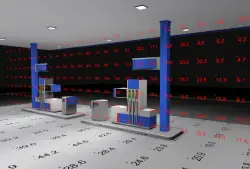Inconsistency in keywords and file naming within your photometric files can lead to confusion and errors. Our integrated visual photometric tool offers robust keyword editing capabilities, allowing you to globally update manufacturer names, issue dates, and other crucial metadata across all your photometric files. Plus, our intelligent filename builder automates the renaming process based on your defined criteria, ensuring a standardized and organized library of photometric files.




